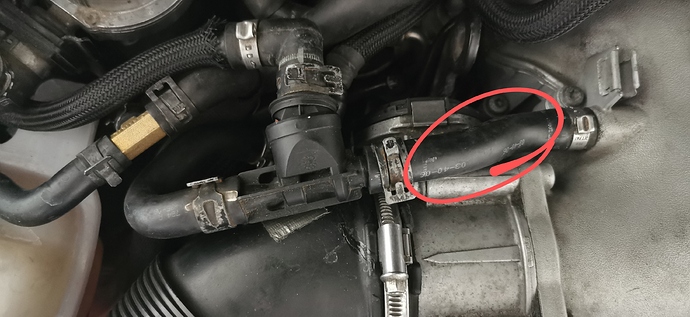Just to expand on this issue:
Before the IM swap, it would go past 6000 without a problem. Using the IM with locked flaps, as the engine reaches around 5700 RPM and climbs to 6000, it’s similar to gradually bending a hose to stop the flow of water. The climb from 5700 to 6000 is slow and then it just runs out of breath. I may try swapping the old IM back on to see if that changes it.
First, we checked misfires with RPM and took it for a 15 minute drive. While idling at around 600 RPM, occasionally will get 1 misfire. Same thing staying under 2200 RPM. Normally accelerating from 2000-3000 RPM, I saw around 25-35 misfires. Beyond 3000 RPM, counter barely goes up. The party is in the 2500-2600 range. When staying in that range, the counter climbs by hundreds in a couple of seconds, every time. It’s also where the vibration is the worst.
We then went for another drive and checked misfires according to cylinders. Not much under 2200 and above 3000 RPM on any of the cylinders. Going from 2200 to 3000, cylinders 2, 6, 7, 8, 9, and 10 showed 1 or 2 misfires on the counters. Cylinders 1, 3, 4, and 5 showed between 3-10. The number of misfires on 1, 3, 4 and 5 rapidly grew between the 2500-2600 range.
The CEL did not flash at any point during the drive. Didn’t take it beyond 5000 RPM, but that’s the only spot where the CEL does flash. I might just pick up a cigar or something to do a vacuum leak test today, I’m becoming more and more convinced that’s where the issue is.



